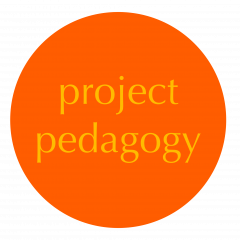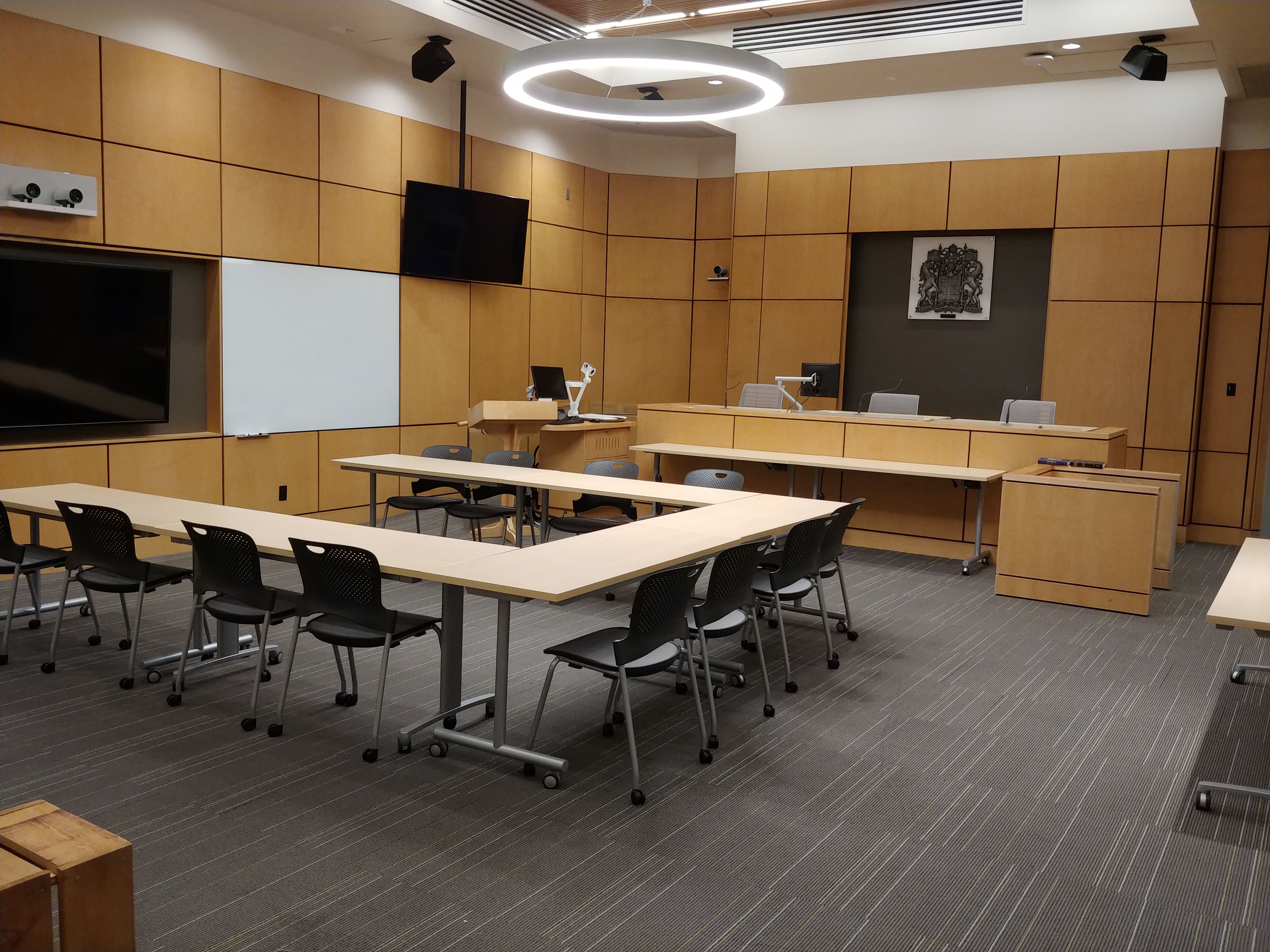In the post below, Lorinda Fraser, who curated the University of Victoria’s 2019 IdeaFest Gallery Exhibition, reflects on the experience of ‘curating’ expressions of law.
Upon beginning this project, I was asked to provide an overview of what curating ‘is’ and how it ‘is done’. I was flummoxed and more than just a little embarrassed in front of my academically-trained colleagues. There is, you see, no one way to curate any more than there is one way to create. Each exhibition is as unique as each piece of art.
Spaces come in all sizes, offer lighting opportunities and challenges, contain their own smells, and hold other numinous qualities that add or take away from that which they contain. The intention of the curator, the institution, and the artists themselves all meld into multi-faceted messages that are then interpreted through the lens of each visitors’ personal history and experiences. Every work of art is read through these filters and is influenced by them.
Thus, in curating the 2019 Ideafest exhibition “Reimagining justice: Art, law and social change” there was no prescribed method for considering each of these components while allowing for an exploration and presentation of notions of legal justice and pedagogy.
The artworks were initially reduced simply for being those left with the instructors for whom they were created. Were these pieces best left forgotten by their makers or deemed a gift to a valued mentor? Could works submitted with explanatory essay components breach the gap between law student and exhibition viewer? Would pieces function physically within the confines of our chosen space, let alone as a cohesive collection?
Discussion occurred among the group as to what criteria should be used to define the quality of such works. These were created by students of law, not the arts. We questioned whether skill lay within the physical process of creation or demonstrable pedagogical development, and how much one informed the other.
While some pieces could not be displayed safely, others relied too heavily on interpretive dialogue between student and instructor. Some did not lend themselves well to an exhibit that allowed only brief, transient viewing during the other Ideafest events scheduled within the room. The ideas in the pieces selected needed to be explicit and readily accessible, though no less thought provoking.
For the most part, the works we had to choose from were ideally suited to such display. In the act of creation, students were posed or formulated a research question. They were to investigate and examine the relevant areas of law, contemplate the implications of possible answers to their question, and express their results in the format they felt was most suitable. These were, predominantly, works with a clear purpose and a well-considered message that they were meant to convey and articulate.
(Click here for Exhibition Catalogue)
This made for a vast array of available artworks in almost every form of media imaginable. They were, ultimately, a pleasure to display. Some pieces worked together to create juxtaposing narratives that countered the prevailing hegemonic activities that typically play out within a ‘moot courtroom’. Though now re-named the Dispute Resolution Room, the space still contains a judge’s bench, a witness box with Bible and Quran, and is overlooked by the seal of the common law, all of which is enacted upon unceded territory. (How the space works upon the bodies in the room has been eloquently articulated elsewhere within the Ideafest week of presentations and other supporting blog posts.)
One of the prevailing goals of the exhibition was to counter that narrative explicitly while evoking thoughtful contemplation and even dialogue between viewers. Dream catchers were hung on microphones intended to amplify voices of authority. A listening booth was set up within the witness box so that new points of view could be given a voice, expressed through music and spoken word. Books, albums, and other forms of student writing replaced the law books that typically adorn a judge’s bench. Board games that allowed visitors to ‘play out’ new lives—games of chance and consequences—were made accessible at a games table. While other objects were placed together simply because their physical attributes complemented each other and created a balanced narrative—whether visual, pedagogical, or both—among the topics addressed by students.
Upon reflection, the curating process for the exhibition, as unformulatic as it was, seemed almost too easy. The moot courtroom lent itself well to an exhibition space. The elevated judge’s bench provided visual interest. Built-in white boards served to frame the artworks hung upon them. The natural materials of the surfaces were reflected in neutral table cloths and unfinished wooden display props. This seeming neutrality, in an arguably non-neutral room, allowed the works to take centre stage and to activate the space in which they had been displayed. Furthermore, explicit expressions of law were clearly articulated by numerous highly skilled and insightful students—the future voices responsible for creating our ever-changing laws and new, more equitable forms of social justice.

